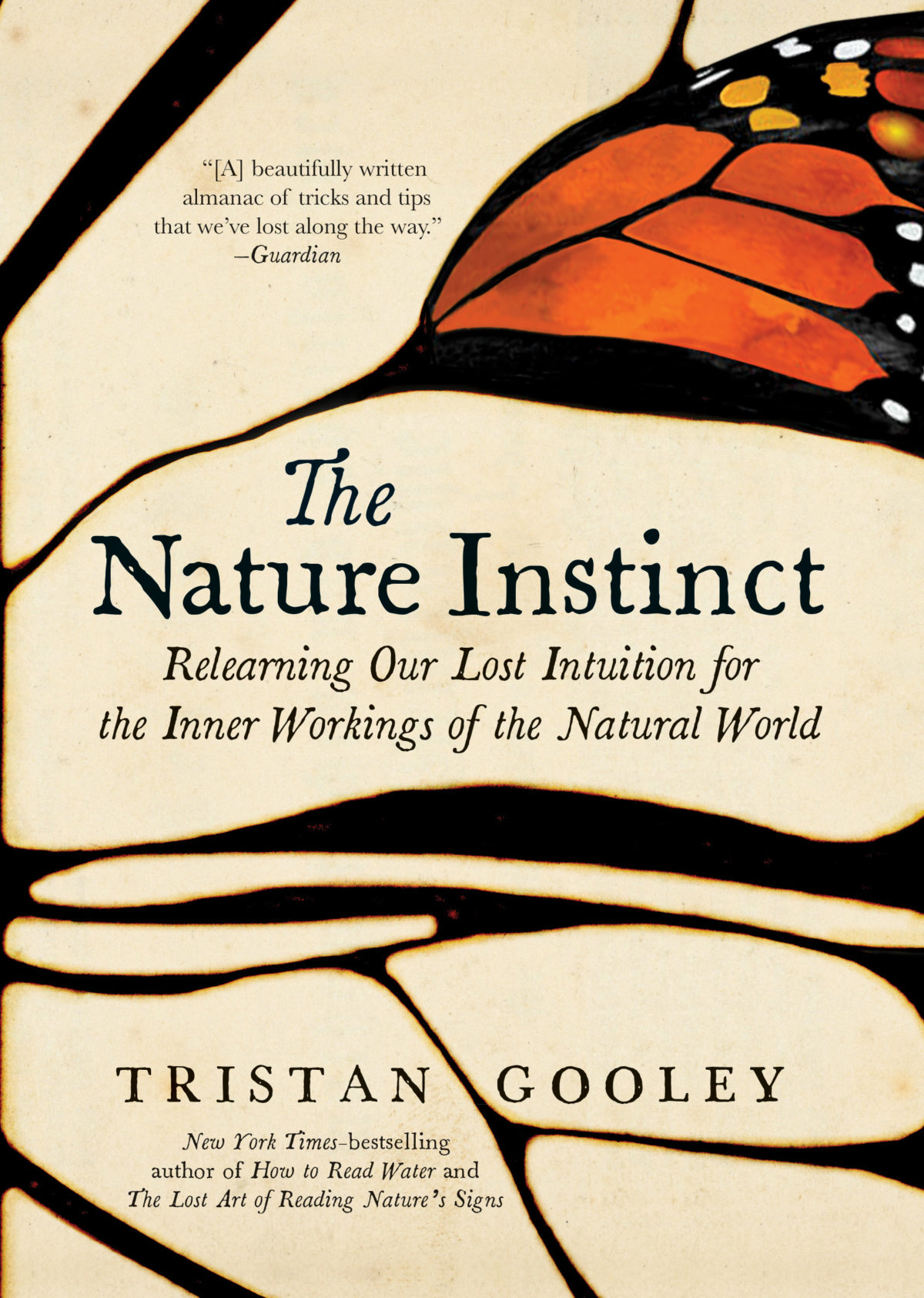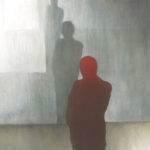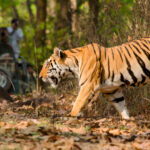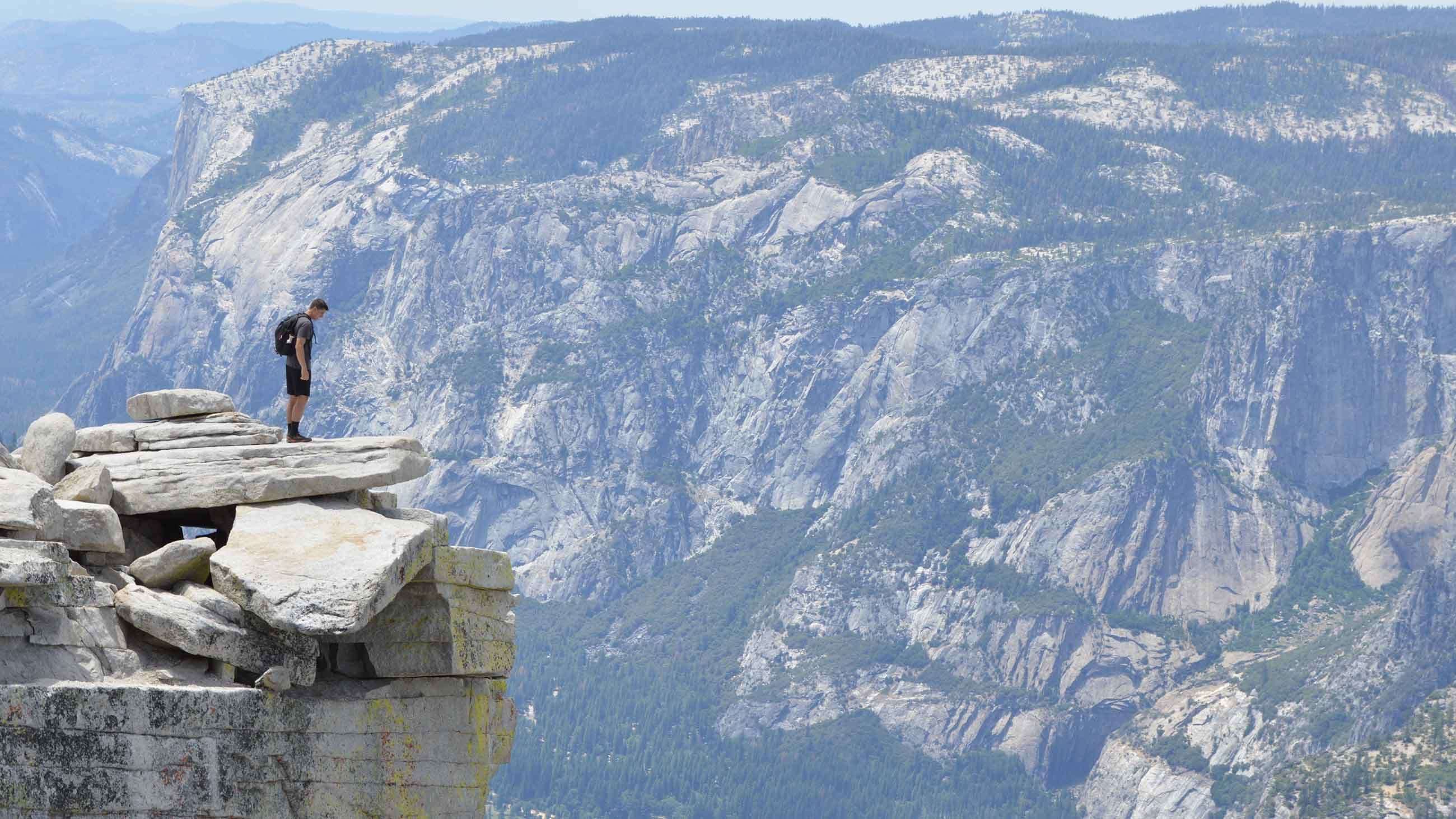Don’t be surprised if the first thing you do when finishing “The Nature Instinct: Relearning Our Lost Intuition for the Inner Workings of the Natural World,’’ is go for a walk. Many chapters begin with the author, Tristan Gooley, a British explorer and expert in navigating the outdoors, setting off for a long stroll through varied terrain — hills, meadows, moors and woods — in search of fresh knowledge. How might a rainbow, oak tree, sand dune, or fresh snow help him find his way or reveal a secret about nature’s workings?

BOOK REVIEW — “The Nature Instinct: Relearning Our Lost Intuition for the Inner Workings of the Natural World,” by Tristan Gooley (The Experiment, 400 pages).
Gooley’s previous books are mainly instructional, helping readers recognize celestial or terrestrial cues for finding their way, but “The Nature Instinct” stakes out more existential terrain. It is filled with anecdotes from thousands of hours of walking and observing, which he uses to propose a particular thesis: that humans have a special capacity for perceiving and even anticipating natural phenomena and its patterns. “It is important to emphasize that this is science, not mysticism,” he writes. “It is an ancient skill, not New Age, that we are all born to practice.”
This innate sense has been largely forgotten, according to Gooley, because modern lifestyles demand we engage in mostly logical, deductive thinking, rather than using our intuition. Our ability to extract meaning from interrelated phenomena such as bird behavior, wind direction, plant growth, and sunlight has atrophied. By searching out these relationships and patterns in nature, Gooley writes, he has rediscovered a manner of experiencing the outdoors through intuition. With some practice, he assures us that we can, too.
Many of Gooley’s anecdotes are marvelous. In Shropshire, England, he parks his car and walks up a hill to discover drumlins, smooth mounds created by “long-departed glacial ice” that “form vast compasses, visible from miles around.”An “eruption” of wildflowers in a forest gives him clues to direction. A cloud’s light and dark shadows at dusk reveal where the sun has set beneath the horizon.
For Gooley, natural phenomena can be used to create a map of our surroundings and reveal our place in it. “Each organism is telling us something about our environment, however seemingly trivial — a slithering snake reflects the rising temperature on a late spring day,” he writes.
“Once we learn to recognize the signature of the motion,” he continues, “we start to sense animals without seeing them.”
Gooley describes the nature instinct as an awareness of the outdoors that allows him to observe and understand before conscious thought. He can sense direction from a tree or predict the behavior of animals, and only afterwards analyzes how he knew these things to be true. While he uses gut feeling or the sixth sense (a common but debunked theory of navigational aptitude in the 19th century and early 20th century), he settles instead on the term “fast thinking.”
The idea comes from the work of the Israeli-American psychologist Daniel Kahneman, whose 2011 book “Thinking, Fast and Slow” posits that the human brain has two systems of thought: The first is automatic, emotional and fast, and the second is conscious, logical and slow. Kahneman uses this idea to explore the basis of cognitive bias and limits of human judgment, while Gooley uses it to distinguish between intuitive and analytical thinking. In his view, ancient cultures engaged in fast thinking, which utilizes the limbic system of the brain and an intuitive awareness. And while people today can access fast thinking, their time is primarily spent engaged in slow thinking, which utilizes the neocortex. Gooley points out that there is a spectrum, with our ancestors being closer to the unconscious fast end, and modern humans on the slow end.
But such categories raise the question: Did ancient humans really use slow thinking any less than we do today? The Italian historian Carlo Ginzburg has pointed out that the ability to use logical thinking is one of the oldest acts in the intellectual history of the human race and stems from our species’ skills as hunters and trackers. According to him, the ancient hunter had to “execute complex mental operations with lightning speed.” But whether he actually deployed a different type of thought (fast thinking) than today’s detective, historian, psychologist, physician, or office worker, who all utilize the powers of deduction and logic (slow thinking), is debatable.
What makes us unique as a species — in ancient and modern form — seems to be the complexity of thought and diversity of cultural practices we use to accomplish highly-skilled tasks such as navigation or problem solving. Whether we grow up tracking animals in the Kalahari or riding subways to school, humans seem able to switch quickly between intuitive and analytical modes, to both directly experience and step out of that experience and employ logic.
The most powerful parts of “The Nature Instinct” are its many examples of how to correct our present-day nature deficit. By undertaking the exercises he describes — using Orion to tell direction and time, creating maps from the wind, or identifying trees by their sounds — the book “gently” hammers our brains “into a new pattern of thought,” as Gooley so eloquently describes an expedition navigating by nature in Greece. Most significantly, Gooley assures readers they need not seek out exotic locales. On the contrary, he steers us toward our own surroundings, pointing out that the wilderness is not a specific place but a dynamic and living awareness of landscape that we can nourish.
Through deciphering nature, he ventures that we can develop a more metaphysical understanding of the world: the ability to discern the big picture from many parts. “God,” he writes, “is only shorthand for the belief that there is some deeper meaning behind the things we sense and beneath the universe as a whole.”
In these passages, Gooley evokes the tradition of the British Romantics, who ventured across the English countryside in order to apprehend nature and become re-enchanted with it. At the end of the book, we stand alongside Gooley on a high hill in the South Downs of England, before a gorse bush, whose shape is the result of years of exposure to a southwest wind. Everywhere he looks he discerns evidence of direction, animal life and weather, all making perfect sense. He quotes Samuel Taylor Coleridge’s definition of knowledge as “that intuition of things which arises when we possess ourselves, as one with the whole.”
M.R. O’Connor, a 2016-17 Knight Science Journalism fellow at MIT, writes about the politics and ethics of science, technology, and conservation. Her first book, “Resurrection Science: Conservation, De-Extinction and the Precarious Future of Wild Things,” was named one of Library Journal’s and Amazon’s Best Books of 2015. Her book “Wayfinding: The Science and Mystery of How Humans Navigate the Earth” is forthcoming from St. Martin’s Press.










